From 1924 to perestroika the USSR produced more than 4 dozen animated propaganda films. They weren’t for export. Their target was the new nation and their goal was to win over the hearts and minds of the Soviet people. Anti American, Anti Capitalist, Anti Fascist, some of these films are as artistically beautiful as the great political posters made after the 1917 revolution. A unique series. With a unique perspective. Includes commentary by a leading Soviet film scholar.
Here.

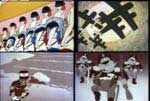

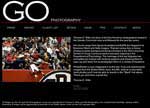

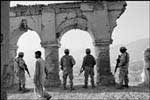



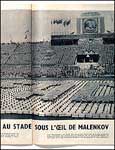

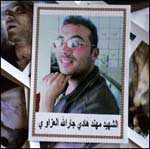



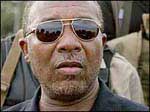

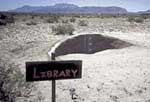




 From WABC-TV:
From WABC-TV:



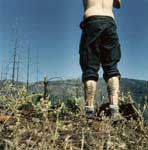

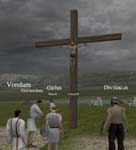


 From Magnum Photos, part one of photographer Larry Towell’s Living With AIDS photo essay, this one in Peru. As always, Towell’s eye is sharp.
From Magnum Photos, part one of photographer Larry Towell’s Living With AIDS photo essay, this one in Peru. As always, Towell’s eye is sharp.